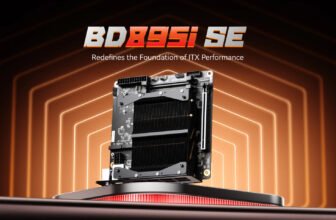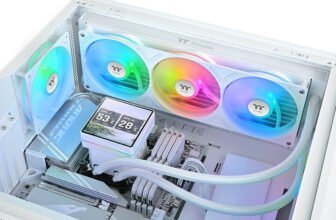Valve has confirmed that its upcoming Steam Machine will be priced on par with standard gaming PCs, rejecting the common console practice of selling hardware at a loss to boost software and service adoption. This approach sets the Steam Machine apart from mainstream consoles like PlayStation and Xbox, positioning it as a direct competitor to conventional desktop systems rather than a budget-friendly alternative.
Related Story: Valve Launches Steam Machine, Steam Frame VR Headset, and Steam Controller
According to Valve engineers, the decision reflects the company’s focus on engineering precision and tight hardware-software integration, elements that would be difficult to replicate using only off-the-shelf components. The Steam Machine will feature a semi-custom AMD Zen 4 processor with six cores and twelve threads, running at 4.8 GHz, paired with semi-custom RDNA 3 graphics with 28 compute units operating at 2.45 GHz. This combination of CPU and GPU is housed in a compact enclosure designed to reduce noise while maintaining efficient cooling, making it suitable for a living room setup.
The system also includes optimizations for Wireless and Bluetooth connectivity to support multiple controllers seamlessly, catering to both casual and more engaged gaming sessions. These hardware choices reflect Valve’s goal of delivering a fully integrated experience, where performance, quiet operation, and connectivity work together rather than focusing purely on raw specifications.
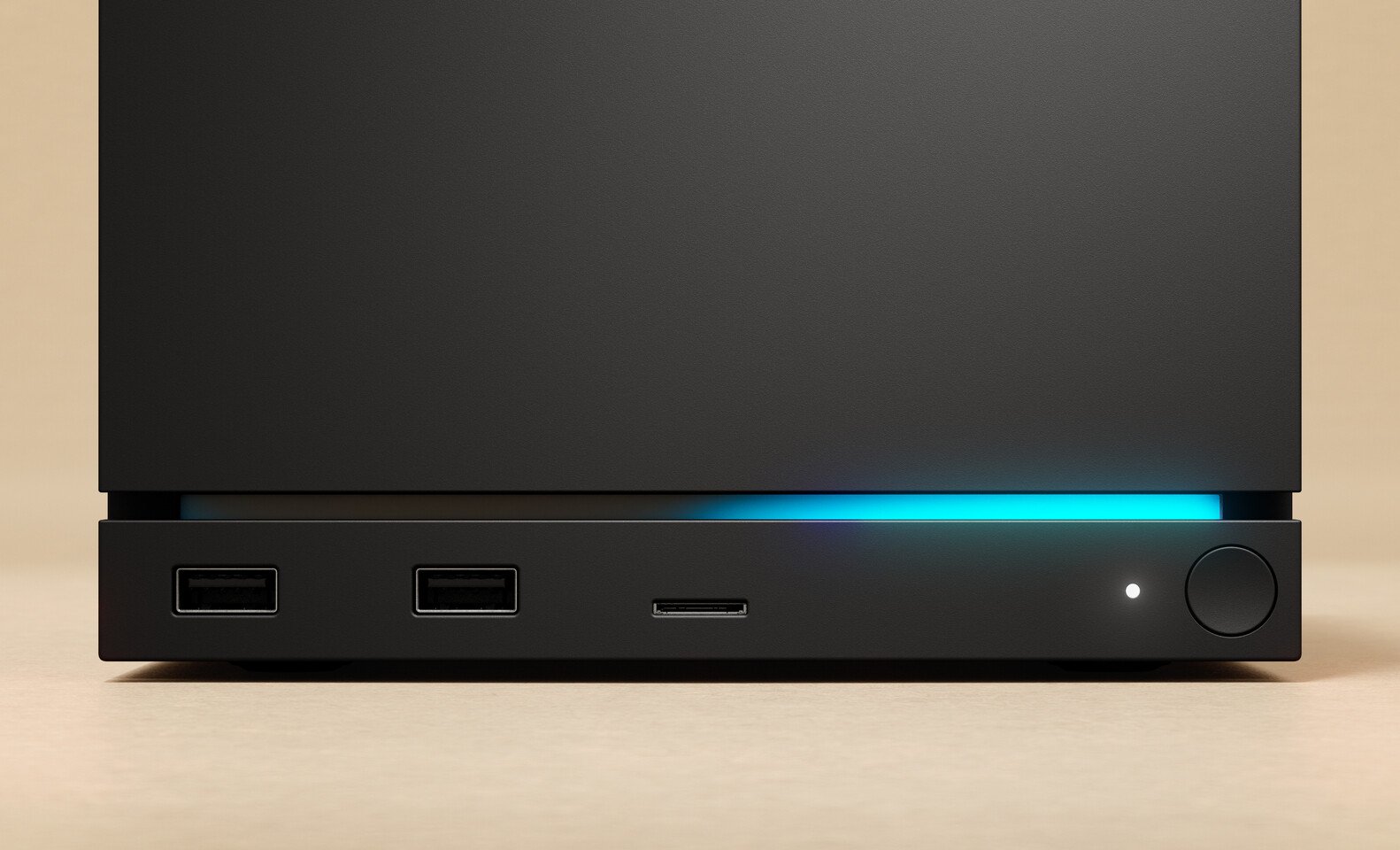
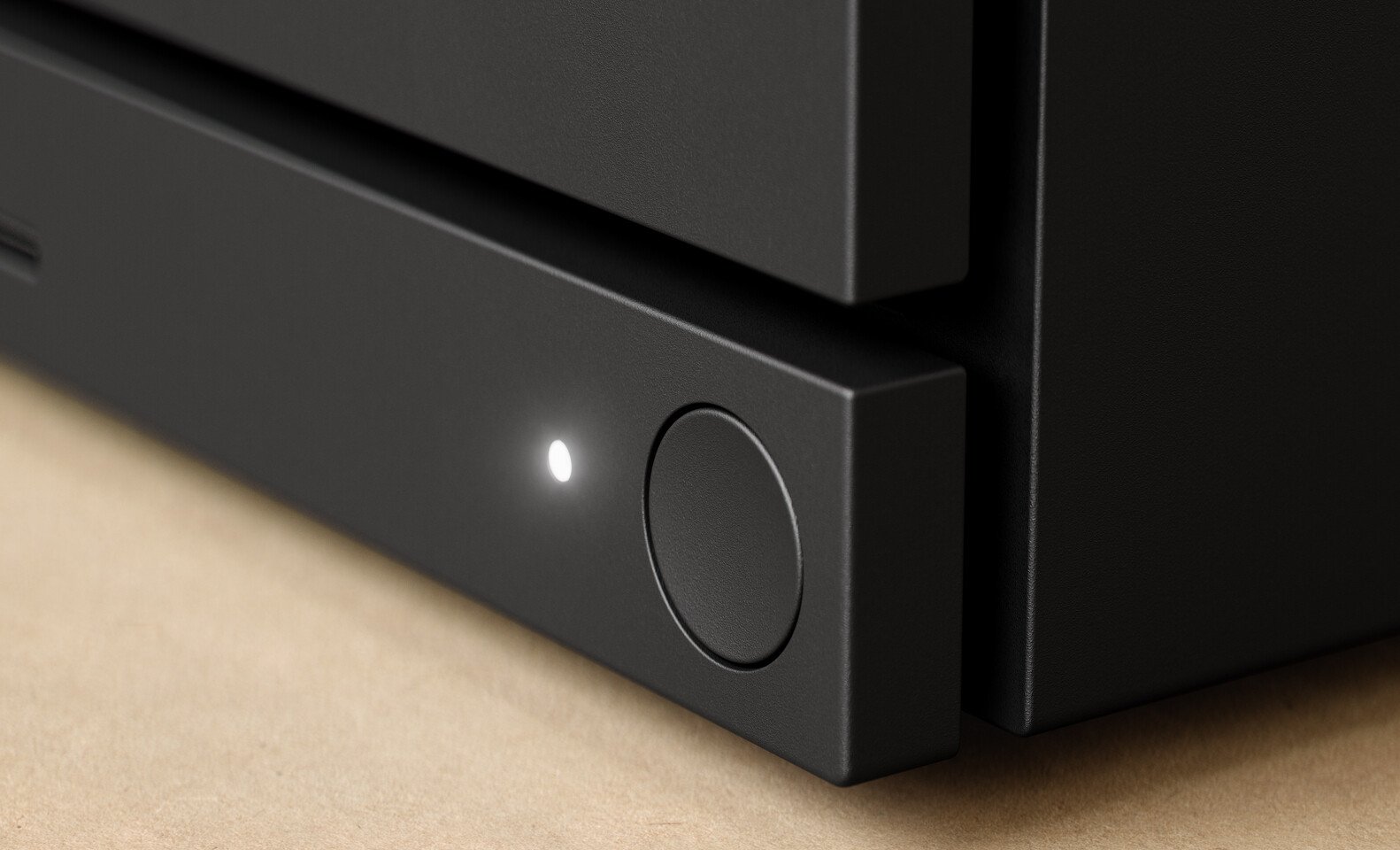
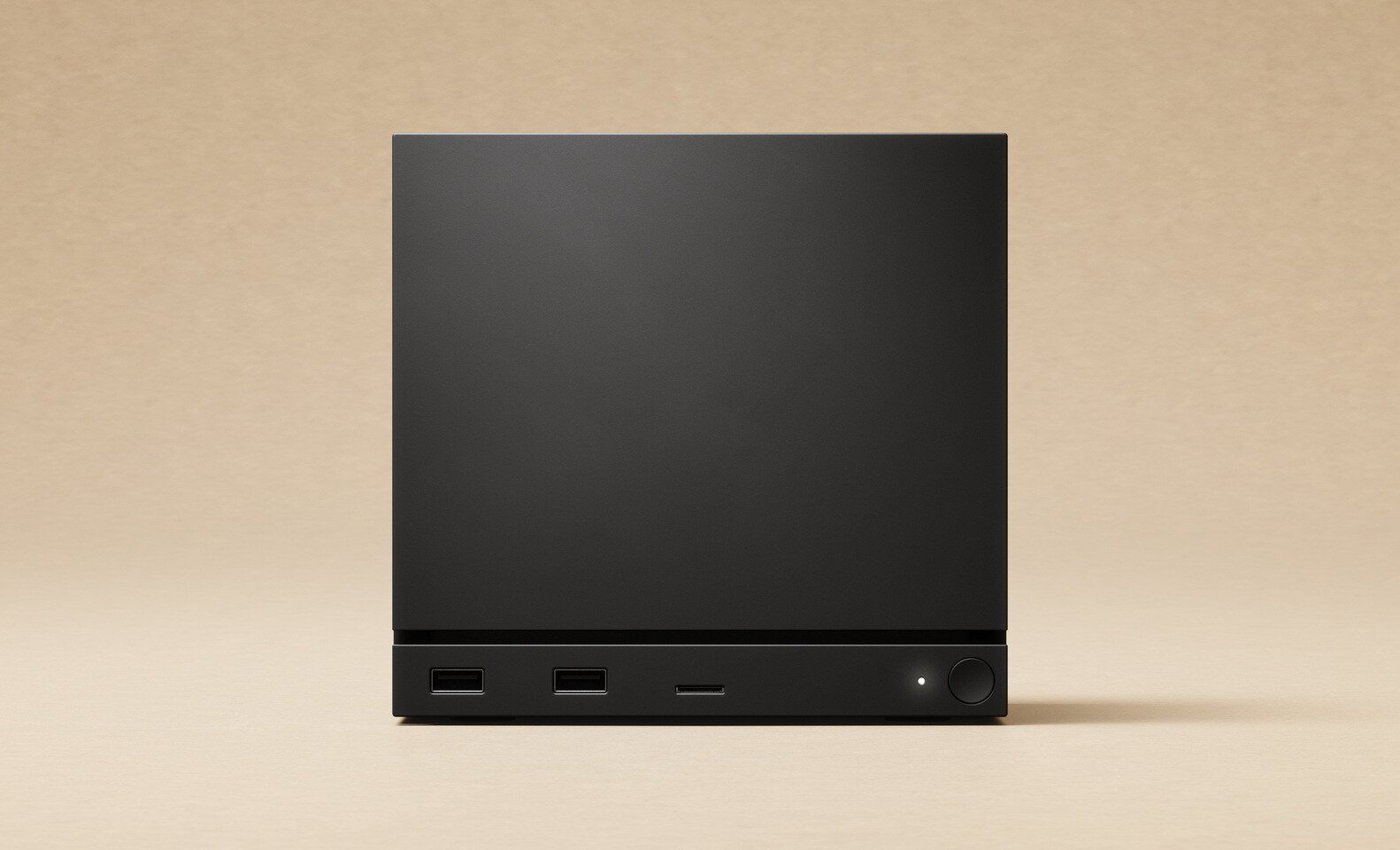
On the software side, SteamOS is closely tied to the hardware, offering an out-of-the-box setup that integrates with the existing Steam platform. This integration aims to provide a smooth, unified environment for users, eliminating the complexity often associated with traditional PC setups. Valve highlights that these conveniences contribute to the justification for pricing the Steam Machine in line with PC hardware rather than typical console pricing.
The pricing is expected to be higher than most mainstream consoles, a situation compounded by rising costs for memory and solid-state storage. While this could make the Steam Machine less appealing to buyers looking for a lower-cost option, it may attract PC gamers seeking a compact, living-room-friendly system without the need for custom assembly.
By emphasizing system integration, hardware quality, and ecosystem compatibility, Valve positions the Steam Machine as a bridge between traditional PC gaming and console-style convenience. The company has not disclosed a final release date but has indicated that the hardware and software are designed for immediate compatibility with Steam’s existing library.
The Steam Machine represents Valve’s effort to create a high-performance, easy-to-use system that provides the benefits of PC gaming in a more accessible, console-like form factor, appealing to gamers looking for versatility and convenience without compromising on hardware quality.




